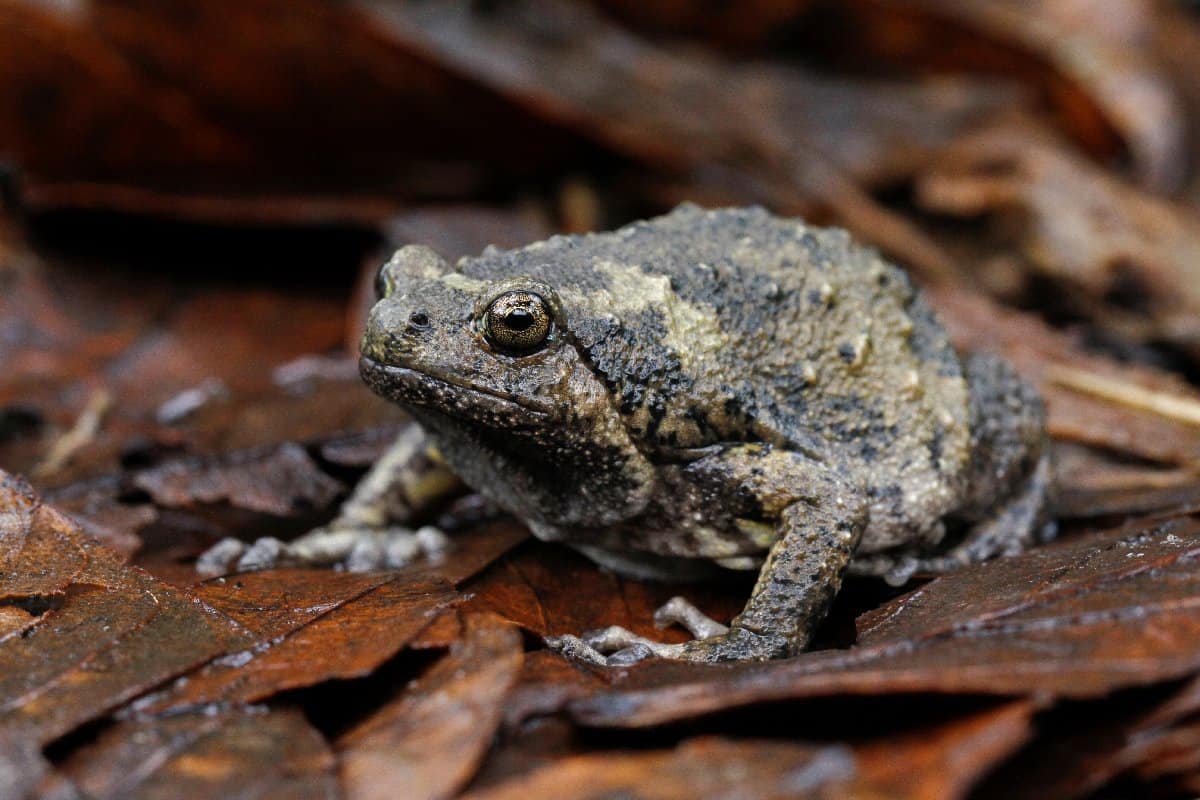The age-old myth that handling frogs causes warts is just that—a myth. While some frogs and toads have bumpy skin, these bumps are entirely natural and have nothing to do with the warts humans get. This article dives into the science behind this misconception, explaining what *does* cause warts and how to handle frogs safely.
Debunking the Frog Wart Myth
Have you ever been warned against touching a frog or toad, lest you develop warts? This widespread belief is likely rooted in the bumpy texture of some amphibian skin, which can resemble warts. However, these bumps are not warts at all, but specialized glands essential for frog survival. They serve a variety of purposes, from camouflage to respiration and even secreting protective substances. So, if frogs aren’t the culprits, what does cause warts?
The real villain is the human papillomavirus, or HPV, a virus exclusive to humans. Frogs and other animals neither carry nor transmit this virus. HPV spreads through direct contact between humans or contact with surfaces contaminated with the virus. Depending on the specific strain of HPV, you might develop different types of warts, including common warts (often found on hands), plantar warts (on the soles of the feet), and flat warts (smaller and smoother). So, rest assured, handling a frog won’t give you warts—but touching someone who has warts might.
Understanding Frog Skin
Those bumpy protrusions on some frog and toad species are often mistaken for warts, but they’re entirely different. These bumps are actually glands that perform several vital functions for the amphibian:
- Camouflage: In some species, the bumpy texture helps them blend seamlessly into their surroundings, providing natural camouflage against predators.
- Respiration: Frog skin plays a crucial role in respiration, allowing them to absorb oxygen directly from the air. The bumps increase the skin’s surface area, enhancing oxygen absorption.
- Secretion: Many frog skin glands secrete mucus, which helps keep their skin moist—essential as they can absorb water through their skin. Other glands produce toxins as a defense mechanism against predators.
While not dangerous to humans through casual contact, it’s probably best to look but not touch. Some experts believe that these toxins can cause skin irritation or other mild reactions in some people, especially with prolonged contact or if toxins enter the eyes or mouth. As ongoing research continues to explore the complexities of amphibian skin secretions, it’s wise to take precautions and avoid bare-handed contact whenever possible.
HPV and Warts: The Real Story
Warts, those small, rough growths on the skin, are caused by the human papillomavirus (HPV). Many different HPV strains exist, some causing warts and others associated with different health issues. HPV is transmitted between humans through direct skin-to-skin contact or by touching contaminated objects.
Here’s a breakdown of common wart types:
- Common Warts: These raised, rough bumps typically appear on the hands and fingers.
- Plantar Warts: These hard, flat warts grow on the soles of the feet.
- Flat Warts: As their name suggests, these warts are flat and smoother than other types, often appearing on the face, legs, or arms.
While many warts disappear on their own over time, various treatments are available. Over-the-counter remedies containing salicylic acid can help peel away the infected skin layers. Cryotherapy (freezing the wart off) is a quick and common medical procedure. Laser therapy and surgical removal are also options for stubborn or problematic warts. If you have a wart that bothers you, consulting a dermatologist is the best course of action. They can accurately diagnose the type of wart and recommend the most appropriate treatment plan.
Safe Frog Handling Practices
Even though frogs don’t cause warts, handling them requires some precautions:
- Wash Your Hands: Always wash your hands thoroughly with soap and water after handling any animal, including frogs. This helps prevent the spread of bacteria and other potential pathogens.
- Avoid Touching Your Face: After handling a frog and before washing your hands, avoid touching your eyes, nose, or mouth.
- Supervise Children: If children are handling frogs, supervise them closely and ensure they wash their hands immediately afterward. Consider using gloves or a small container to observe frogs without direct contact.
- Be Mindful of Toxins: Some frog species, particularly brightly colored ones, secrete toxins through their skin. While most aren’t harmful through brief contact, it’s best to avoid handling these frogs altogether. If you touch a toxic frog, wash the affected area thoroughly with soap and water and seek medical advice if you experience anything more than mild skin irritation.
| Concern | Likelihood | Prevention |
|---|---|---|
| Warts | None | N/A |
| Bacterial Infection | Low | Wash hands thoroughly |
| Toxin Exposure | Possible | Avoid brightly colored frogs; wash exposed skin |
By understanding the science behind frog skin and warts, we can appreciate these amazing creatures without unfounded fears. While the wart myth is busted, practicing safe handling ensures a positive experience for both you and the frog. Remember, ongoing research continually sheds new light on the complex interplay between humans, animals, and the microbial world. So, stay curious, and never stop learning!
- Unlock 6000+ words beginning with he: A comprehensive analysis - April 20, 2025
- Mastering -al Words: A Complete Guide - April 20, 2025
- Master Scrabble: High-Scoring BAR Words Now - April 20, 2025
















